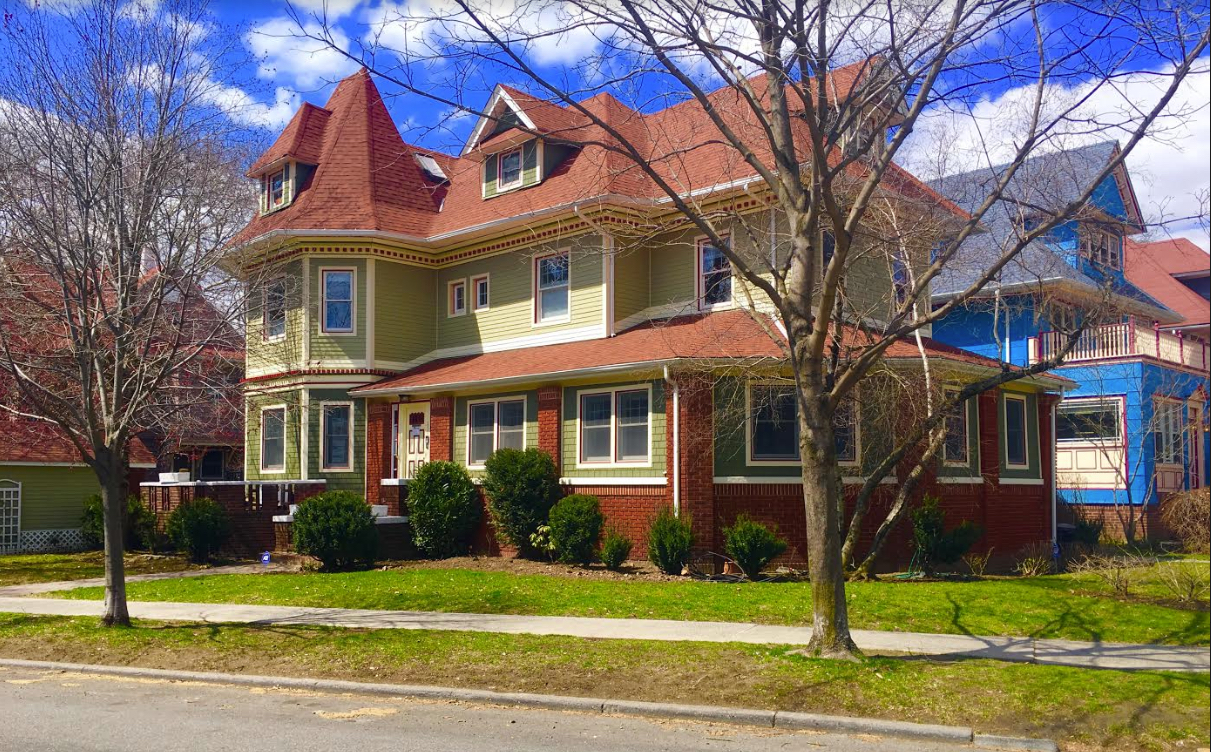Five fab spots to see in landmarked Prospect Park South
Eye on Real Estate: Developer Dean Alvord invented the neighborhood

Stroll with us through the Prospect Park South Historic District. Eagle photo by Lore Croghan
Viva Las Victorians.
Did you know America’s largest concentration of Victorian houses can be found in Flatbush?
They’re in a cluster of mini-neighborhoods, one of which is Prospect Park South.
